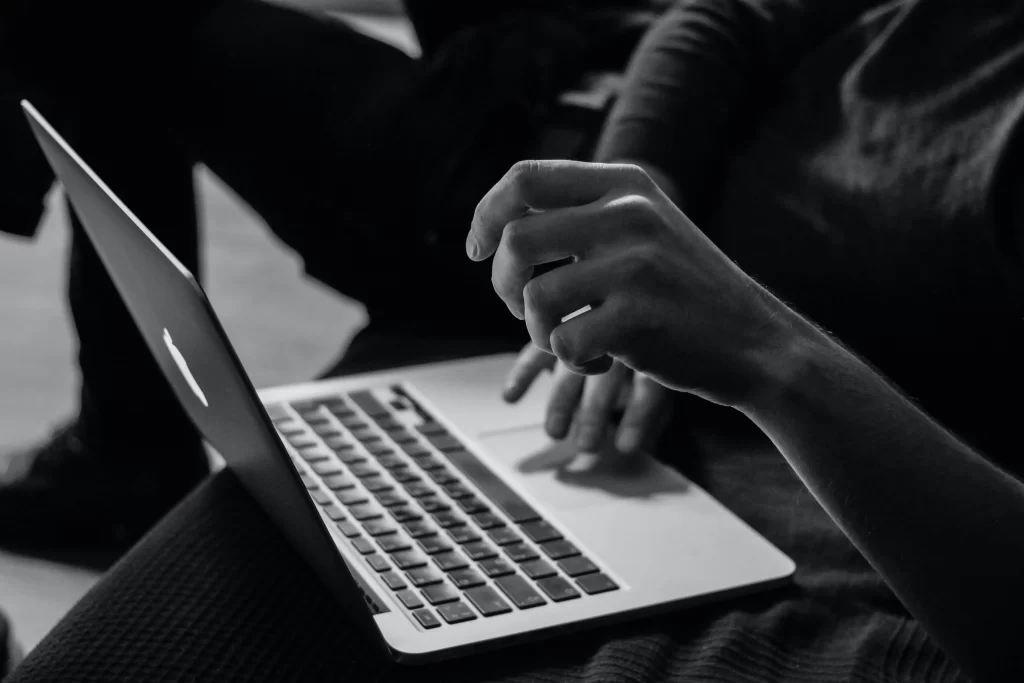
A MacBook trackpad not working can be really tough and frustrating. We purchase Apple products because they are superior to those of competitors. A broken part can make it extremely difficult to operate, and you may not be able to do so at all.
All MacBook models are causing problems for users. We have heard them say the MacBook Pro TrackPad not clicking. The trackpad not working Mac can be useless. We almost always use the mouse and trackpad, and when they stop working, it can be very frustrating.
There are numerous solutions available to address trackpad errors. As a result, we’ve listed a few solutions. These are simple and effective to carry out.
Because the trackpad is dirty, it does not always work. Using hands that have been used to eat some oily foods may cause the trackpad to fail to read the movements. However, problems may arise as a result of multiple devices being connected to the MacBook. They can be over USB or Wi-Fi.
- Remove Connected Input/Output Devices
One of the simplest methods is to turn these devices on and off. If this step fails, simply disconnect the device and restart the Mac. However, this trick almost always works.
- Check for MacOS software Update
This is something that we should all do. We must keep the operating system, firmware, and hardware up to date. To see if there are any pending updates, navigate to System Preferences and select Software Update.
If you see any trackpad updates, install them and follow the instructions. This would be helpful in resolving any trackpad problems.
- Disabling Force Click
On the trackpad, there are two types of features: tap and force click. It is entirely dependent on the user and how forcefully he presses the trackpad.
If we try to select something and it does not click when we tap, there are some issues that need to be addressed.
We should go to System Preferences and select trackpad. Under Point & Click tab, switch off the Force Click and Haptic Feedback.
- Reset Trackpad
If you are still facing issues after going through the above steps, we need to reset the trackpad. This can be done manually.
Select Go in the Menu bar on your MacBook click Go to Folder and type Library/Preferences and enter.
If you find files named com.apple.AppleMultitouchTrackpad.plist and com.apple.preference.track.plist, delete them. Once these files are deleted we should restart our MacBook.
This process will not harm your system, it removes the files that were corrupted.
- Running Apple Diagnostics
- Except for the power supply, disconnect the MacBook from all external devices.
- Completely shut down your Mac.
- Restart the Mac while holding down the D key.
- When you see a screen asking for your preferred language, let go of the D key and choose your preferred language.
- Allow the diagnostic to finish its work.
If a hardware problem is discovered during the Apple Diagnostics test, or if you’ve tried all of the fixes listed above and your MacBook trackpad still doesn’t work, it’s time to for you to come to our store and we will help you fix it.
Sometimes your trackpad works properly, and other times it doesn’t. Sometimes you can move the pointer, sometimes you can’t. If this is the case for you, the most likely cause is a problem with your MacBook’s battery.
In some older models, swollen and exploding MacBook batteries were a problem. Apple claims its expected behaviour, but its occurrence can have an effect on your trackpad.
Apple products are frequently well-made and well-maintained. Even so, if your MacBook trackpad goes horribly wrong, it can ruin your entire experience.
As a result, there are a few basic things you can look into to help solve the problem. Disconnecting the device is a good idea, but you may also need to reset the PRAM and SMC.

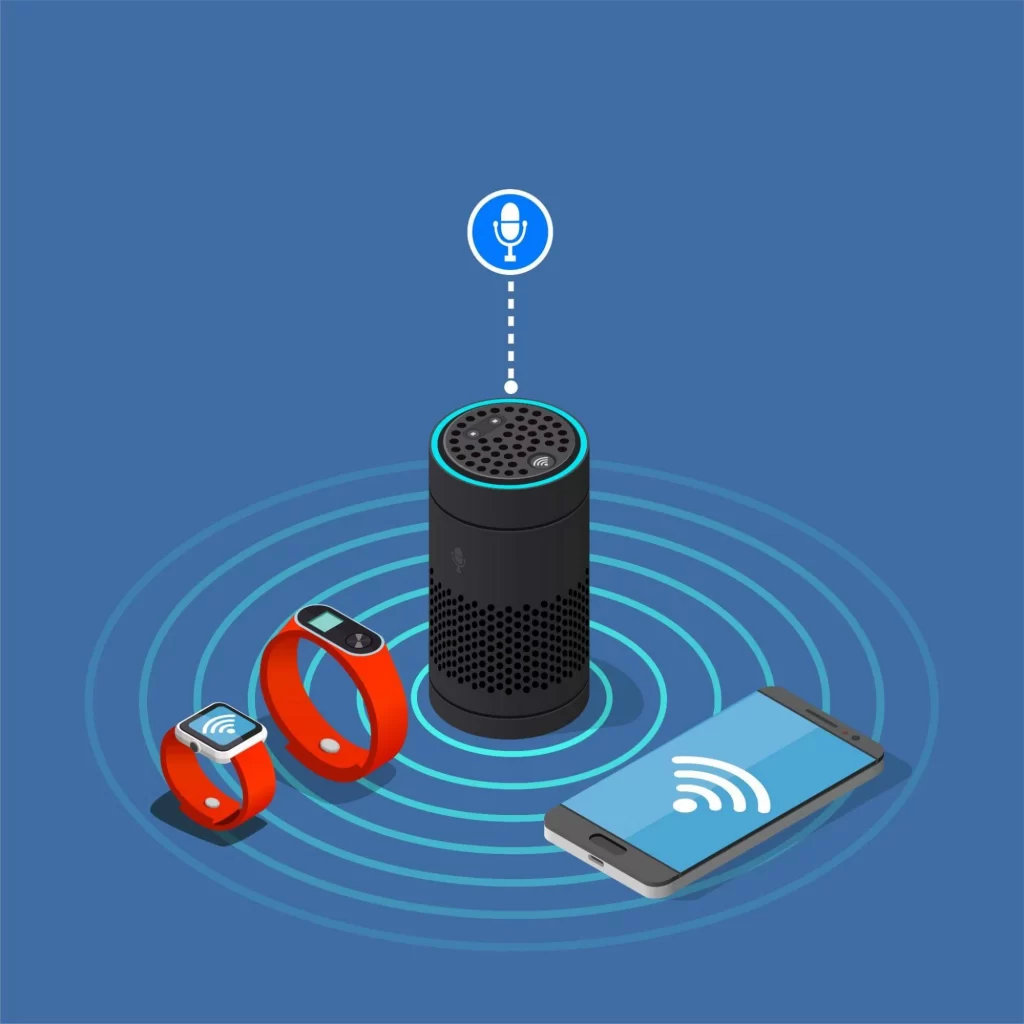

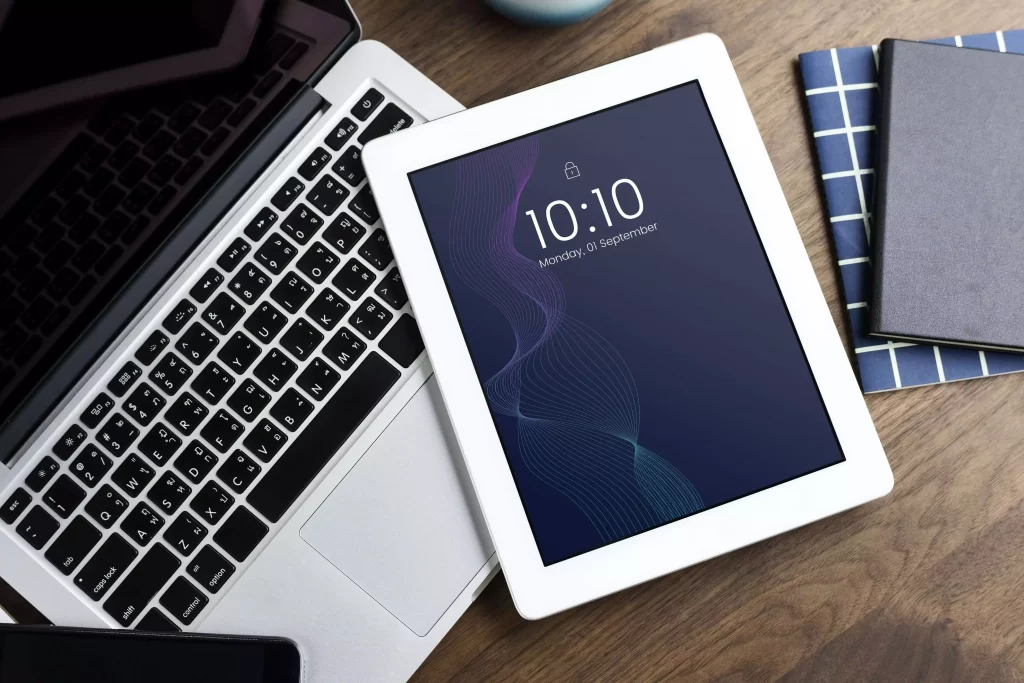
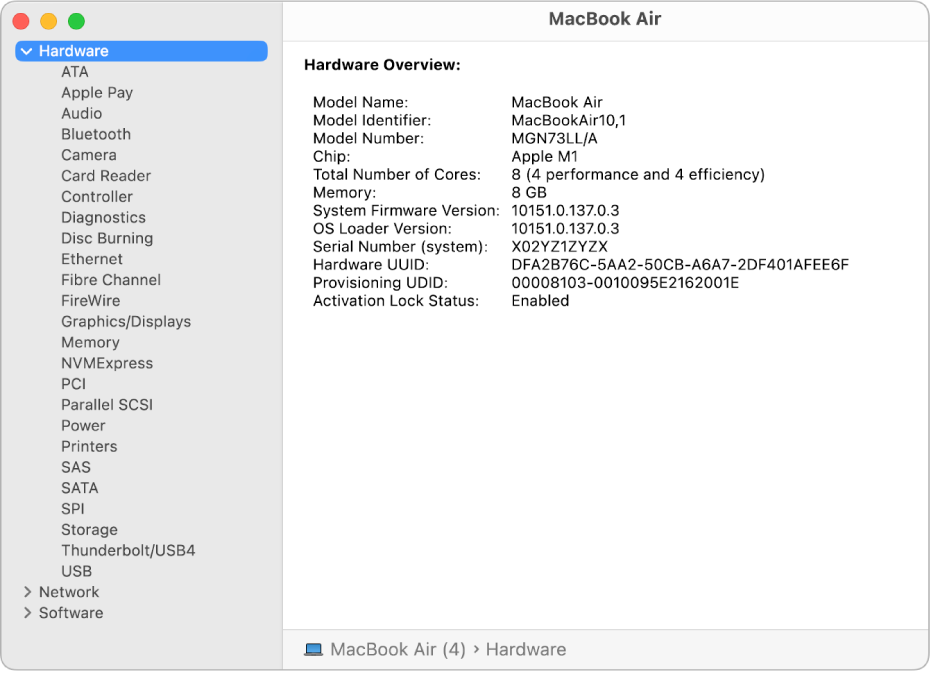
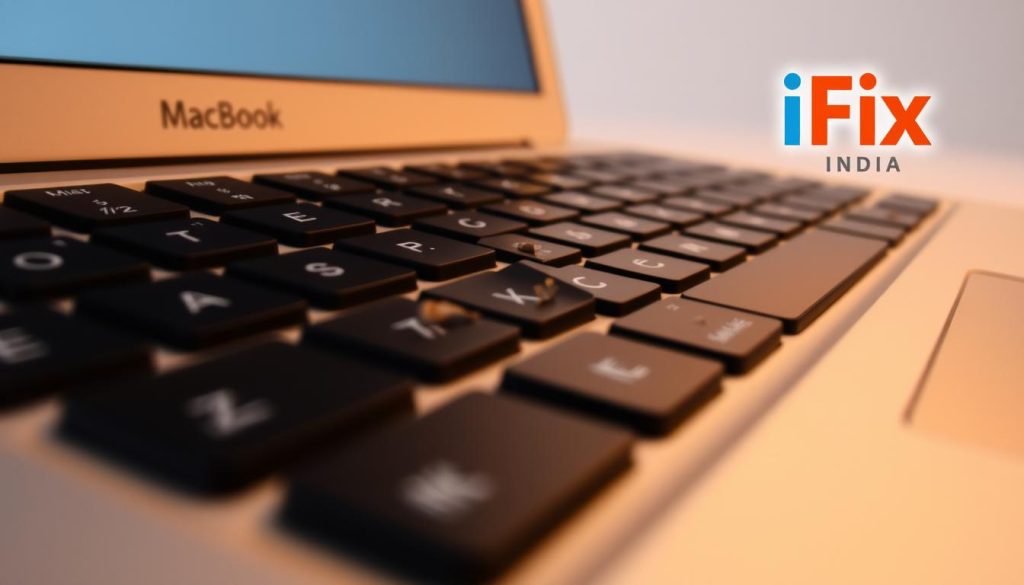
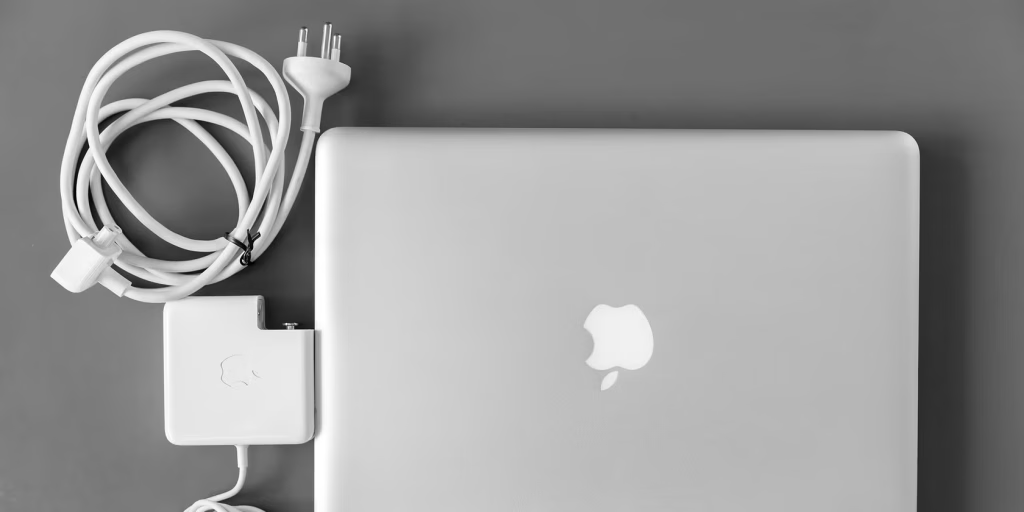
About The Author:
More posts by